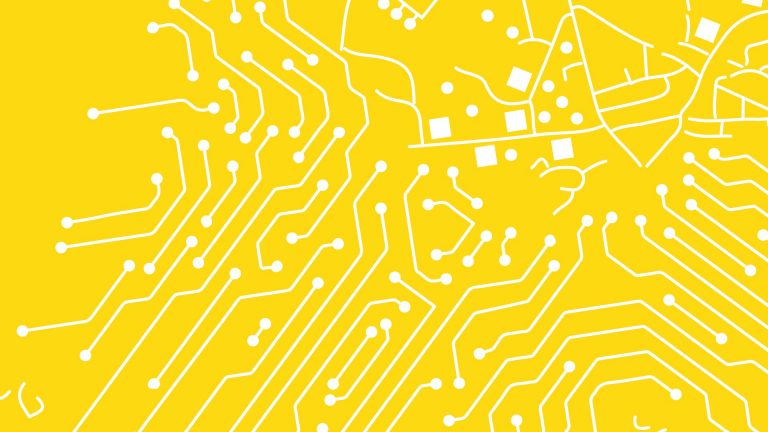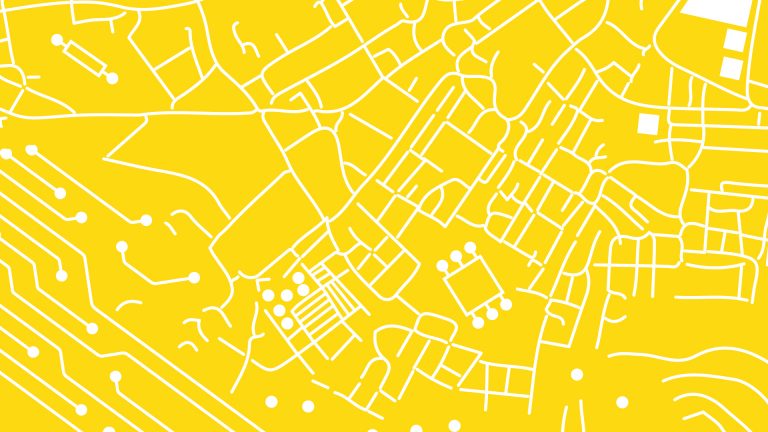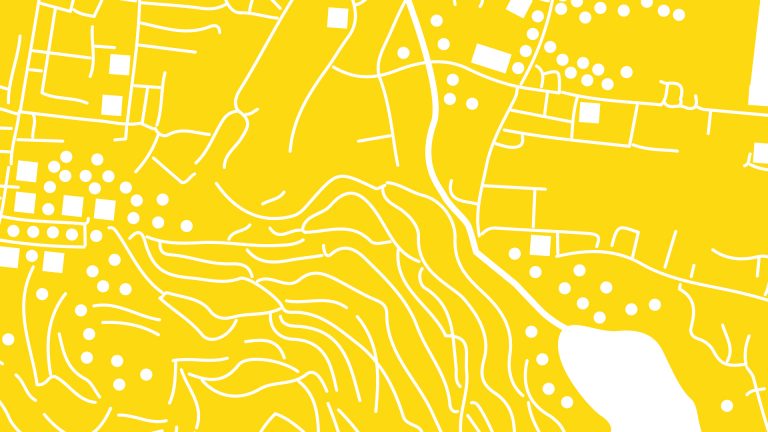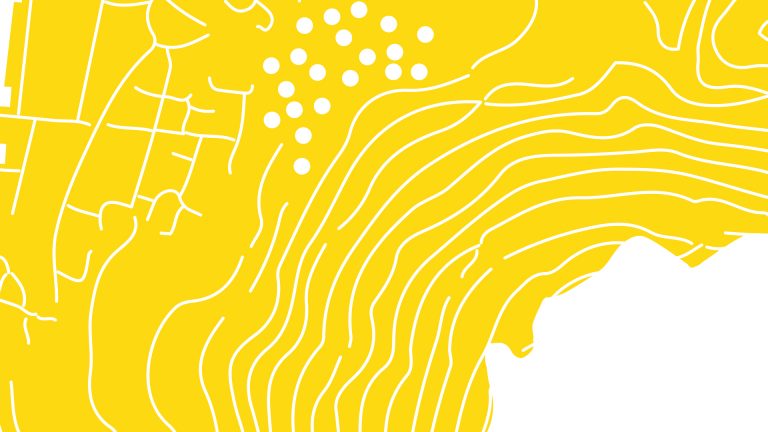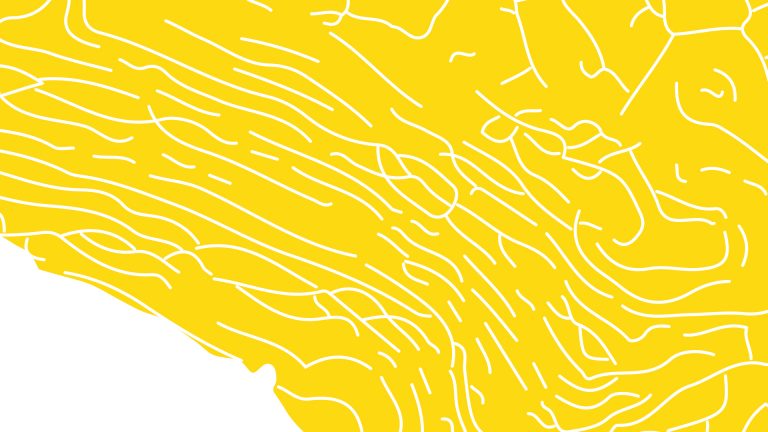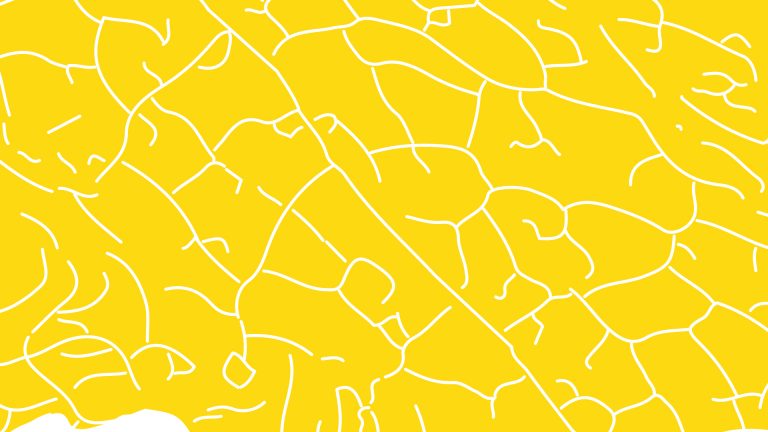Articles about research
More articles about research | Back to menu
Columns
Video
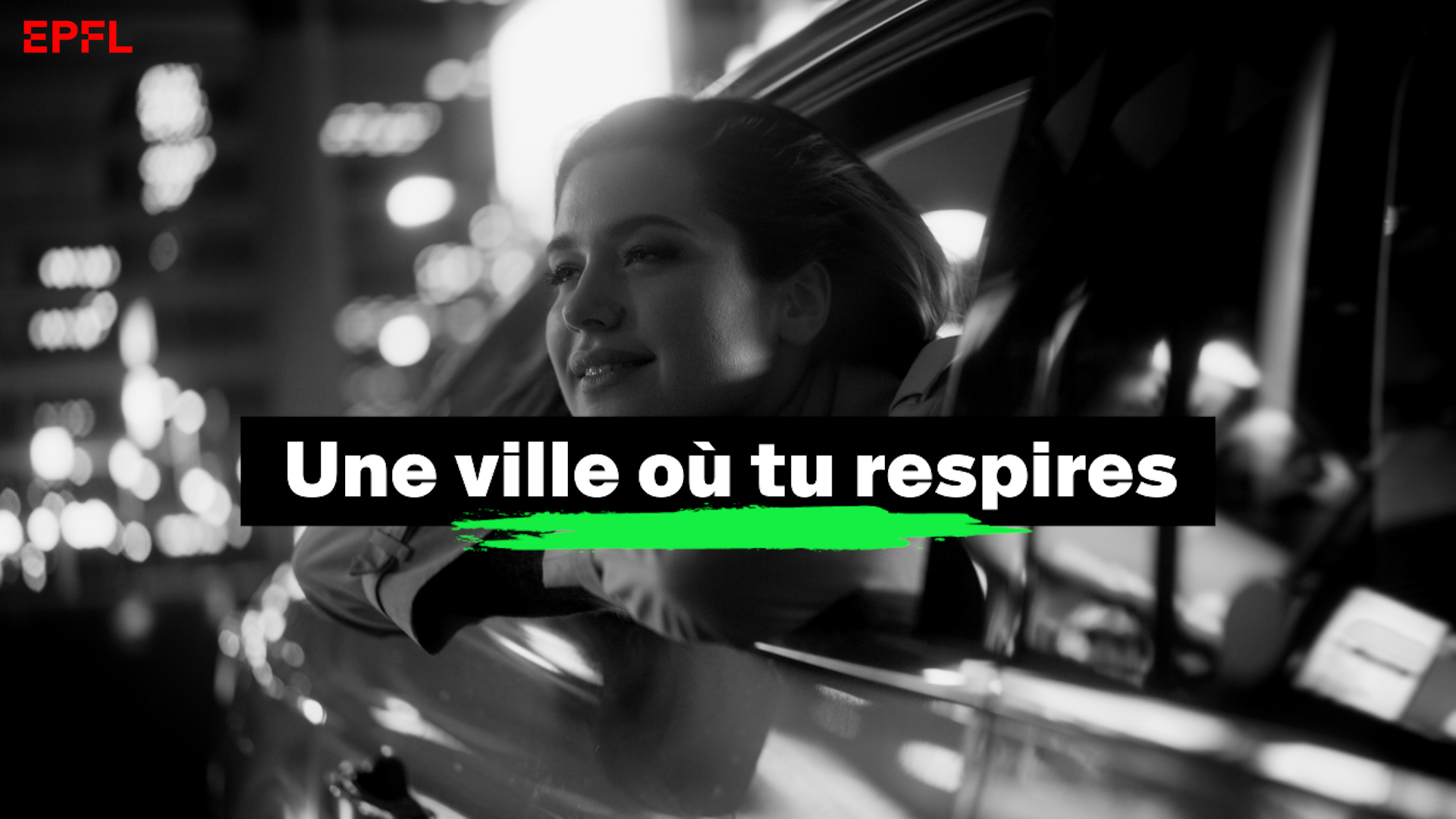
Video | Science popularization “Une ville où tu respires”
31-10-2023
In the video intended for young audiences «Une ville où tu respires», our experts present their research on traffic and congestion management, urban greening, urban planning on a neighborhood scale, and the impact of pollution on health and mobility.
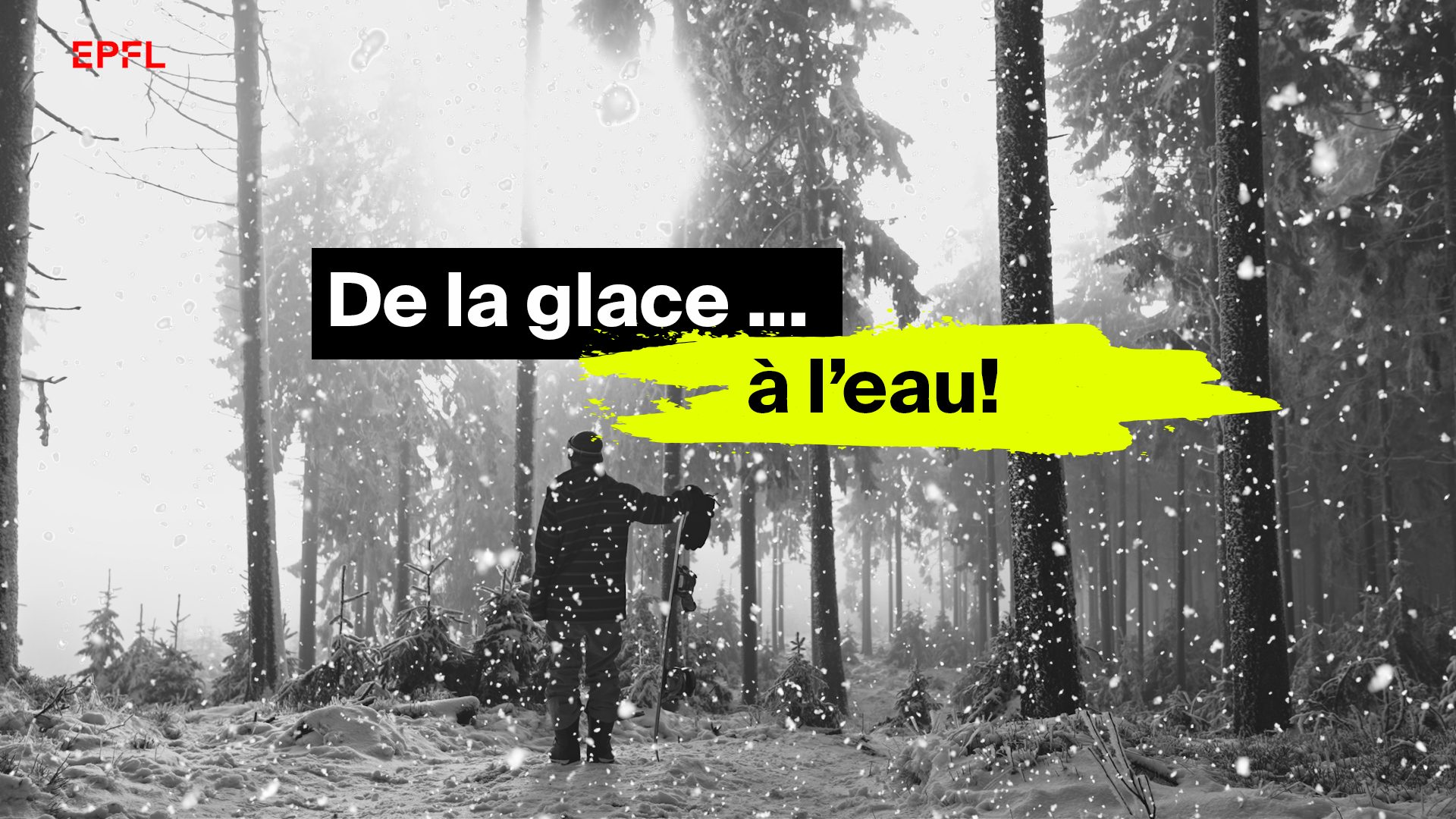
Video | Science popularization “De la glace à l’eau”
19-12-2022
In the video intended for young audiences «De la glace à l’eau», our experts present their research on snow, avalanches, the poles and the Alps in the context of climate change.
Audio
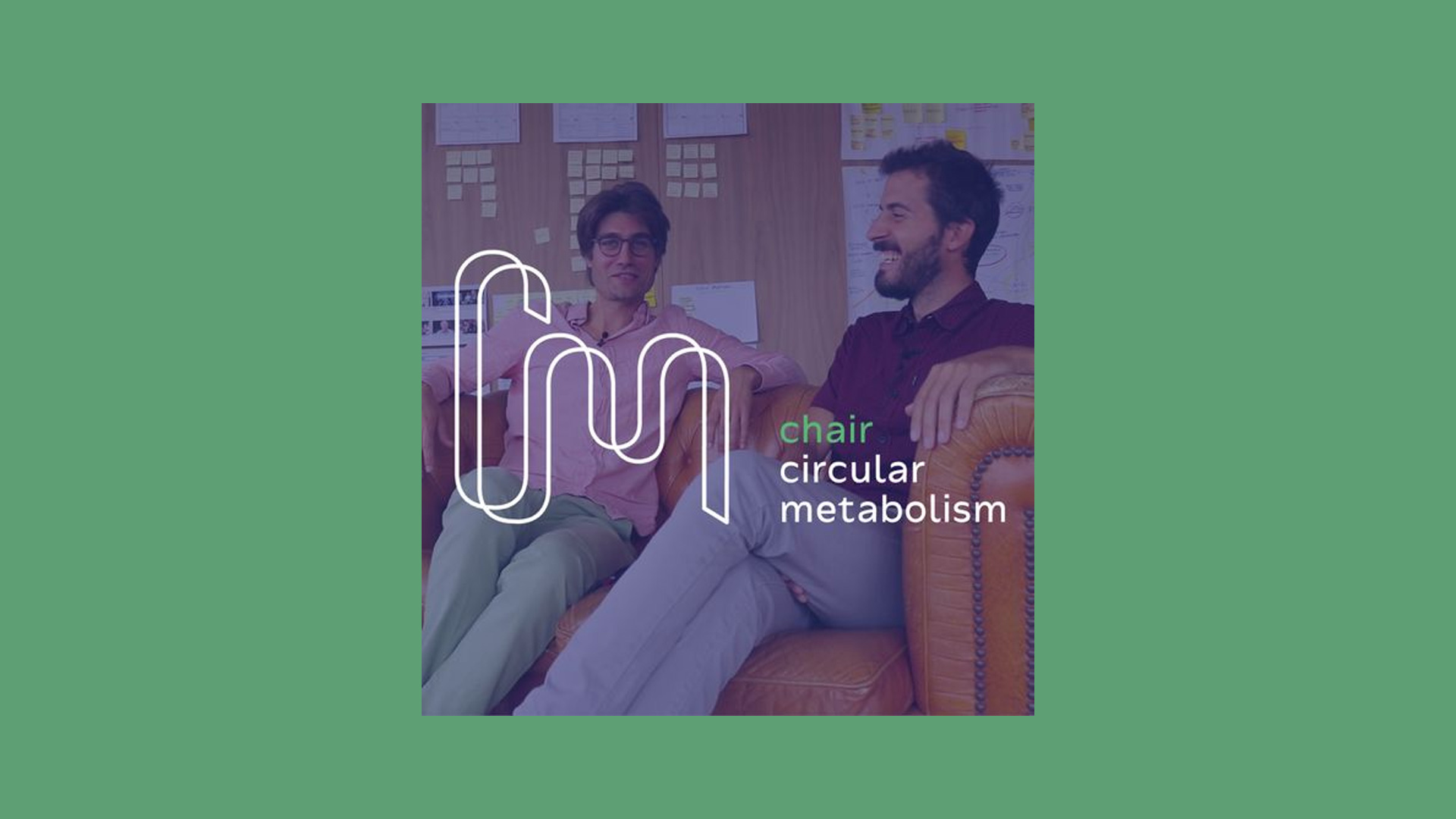
Audio | Circular Metabolism Podcast
13-12-2022
A podcast to unravel the complex aspects of what makes urban metabolisms and economies more circular.
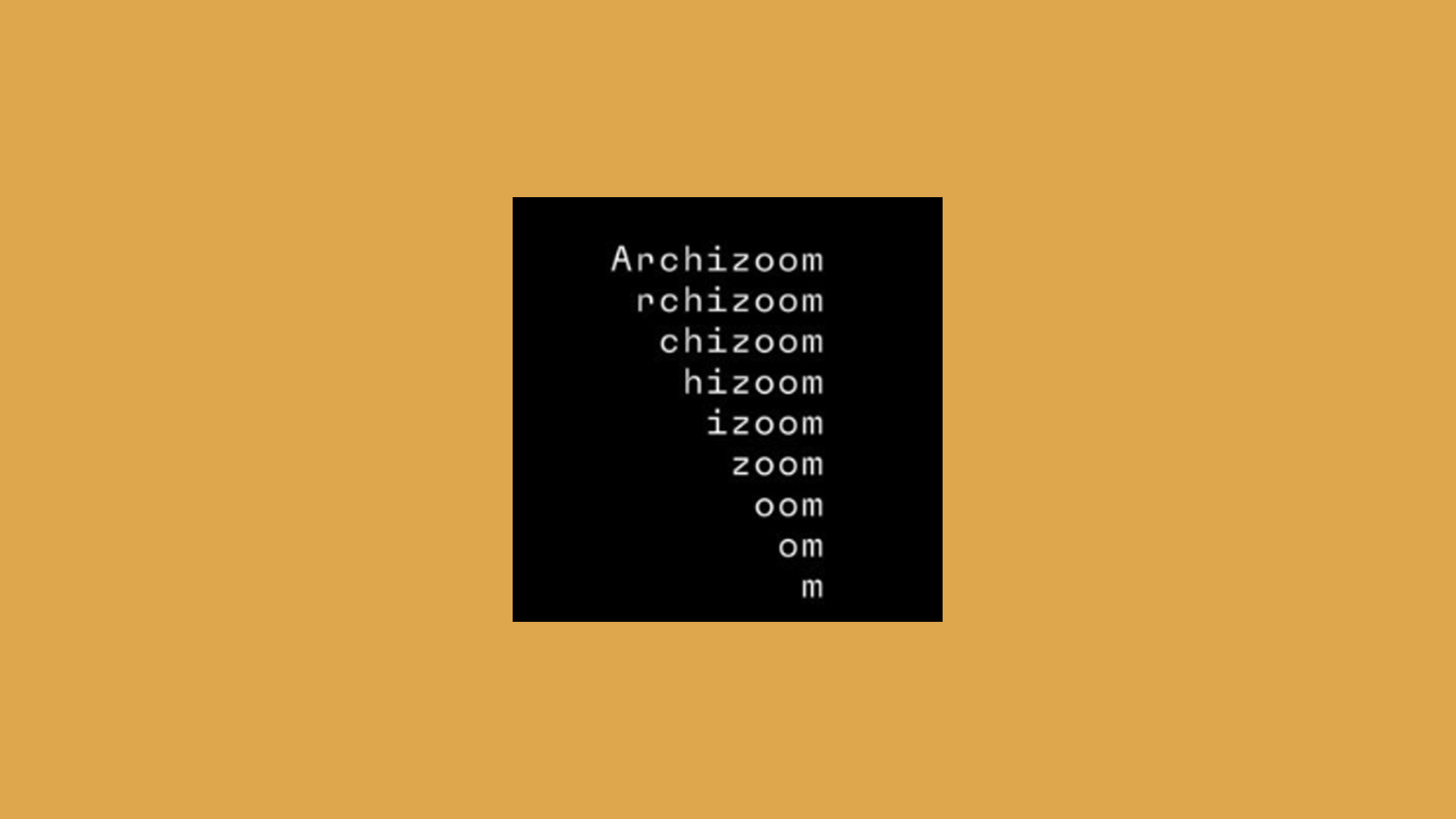
Audio | Archizoom Podcast
13-12-2022
Un podcast sur l’architecture qui s’invente collectivement, bouscule les préjugés, et vérifie la solidité des concepts que l’on construit.
Internal news
More internal news | Back to menu
